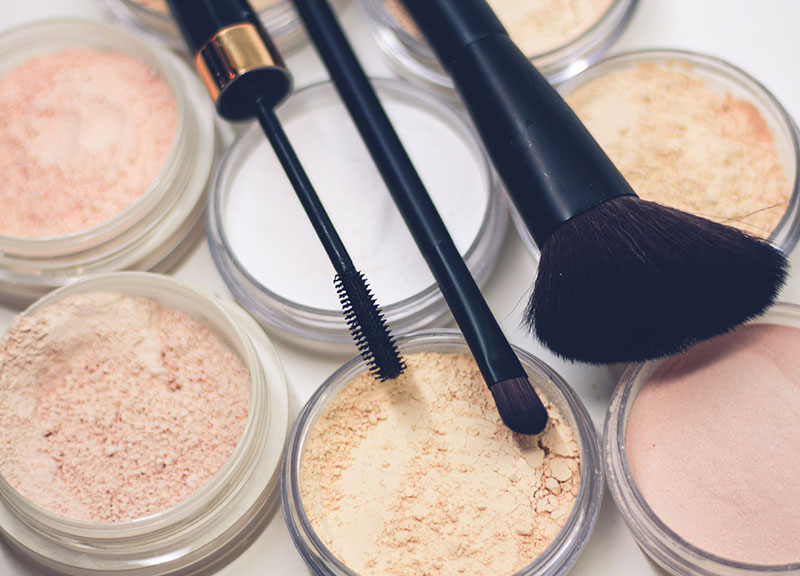Testing represents an important part of a cosmetic product registration process. Cosmetic products have to undergo all the required testing defined in the EU Cosmetics Regulation (EC) 1223/2009 in order to be compliant and more importantly, to prove they are safe for use under reasonably foreseeable conditions.
There are three main types of testing for cosmetic products in the EU as defined under Regulation 1223/2009. Testing is usually the most time consuming part of the cosmetic product registration process, so it is important to have that in mind before starting the compliance process.
1. Physical, chemical and microbiological testing
All cosmetic products sold in the EU have to be produced according to the good manufacturing practice (GMP). GMP requires that very batch of cosmetic products is tested for microbiological, physical and chemical properties in order to ensure safety and quality of each batch.
Microbiological specifications of the finished cosmetic product have to include the total count of aerobic mesophilic microorganisms, which covers bacteria as well as yeast and moulds. There are two kinds of maximum limits allowed, depending on the type of cosmetic product.
For products, which are intended for children under three years of age, the eye area or the mucous membranes, the limit for total count is 100 CFU per g or ml.
For all other products, the limit is higher, 1000 CFU per g or ml. Furthermore, products have to be investigated for four most common pathogens – Staphylococcus aureus, Pseudomonas aeruginosa, Candida albicans and Escherichia Coli, and the absence of these pathogens in 1 g or 1 ml has to be proven.
Physical and chemical parameters are chosen based on the type of product formulation, but some of the most commonly investigated parameters are viscosity, density, pH, phase separation, physical state and organoleptic properties (odour, colour).
2. Challenge testing (Preservative Efficacy Testing or PET)
All cosmetic products, which under normal storage and conditions for use, may deteriorate or form a risk to consumers, have to undergo cosmetics challenge test.
Preservation of cosmetic products is necessary in order to ensure the microbial safety of the product and to maintain the quality and safety of the product during its shelf life.
In other words, we want to prevent the spoilage of the product and protect the consumers from any possible health risks that may be associated with the use of a cosmetic product.
The purpose of challenge testing is to test whether microorganism introduced during normal and reasonably foreseeable use will not negatively affect the quality or safety of the product.
During challenge testing, the product is artificially contaminated, followed by a subsequent evaluation of contamination. In order for the product to pass the testing, its preservation system has to be sufficiently effective to decrease the level of microorganisms to the allowed, predefined microbial limits.
Microorganisms used for challenge testing are usually the following: Pseudomonas aeruginosa, Staphylococcus aeruginosa, Candida albicans and Aspergillus brasiliensis.
Challenge test usually takes 4 weeks, and it has to be performed again only is certain cases, such as product reformulation.

Products that don’t require challenge testing
Some products represent a very low risk of microbiological contamination and microbial growth due to their characteristics. These include the product formulation, production conditions, packaging or a combination of these factors, which create a hostile environment for microbial survival and growth.
Below are some examples of such products (ISO 29621:2017):
- Anhydrous products/products with low water activity (aw ≤ 0.75)
- Products with pH above 10 or below 3 (e.g. skin peels or hair relaxers)
- Products with high alcohol content (≥ 20%) (e.g. perfumes)
- Products, which are filled at a temperature above 65°C (e.g. lip balms)
- Products, which contain raw materials that can create a hostile environment, such as strong oxidizing agents, propellant gases, polar organic solvents etc. (e.g. hair dyes)
- Products packed in a packaging that does not allow contamination during use (e.g. pump dispensers, pressurized containers) or single-use products.
Products, which are produced according to the GMP and have characteristics that do not support microbial growth, do not require challenge testing. However, every exemption from challenge testing has to be properly substantiated.
3. Stability and compatibility testing
Every product placed on the EU market has to be tested for stability in order to ensure that it meets the intended physical, chemical and microbiological standards when stored under normal and reasonably foreseeable conditions.
It is important to predict and avoid changes to the physical state of the finished product that may occur during transport, storage or handling of the product.
By exposing the product to various conditions such as changing temperatures, humidity, UV light, mechanical stress, we can predict conditions, which a product may be subjected to during its shelf life and see if these conditions have a negative impact on the product’s quality and safety.
Another important reason for performing a stability test is the determination of the minimum durability of the product and its period after opening (PAO).
In addition to the physical stability of the product formulation, compatibility between the formulation and the primary packaging is also checked during stability testing.
The type of packaging can affect the finished product stability, e.g. leaching of substances of the packaging into the product formulation. Stability testing should, therefore, be performed in an inert packaging (e.g. glass containers) as well as in the final product packaging in which the product will be sold.
In case you use different packaging types, it is advisable to test the product in every type of packaging. There are two types of stability tests – real-time and accelerated test.
Real-time stability testing monitors the product throughout its shelf life (if you want to claim a one-year shelf life, you have to monitor the product for one year).
On the other hand, accelerated testing is done under accelerated conditions, such as elevated temperatures. Consequently, the testing period is shortened, and such tests usually take 3 months.
Stability and compatibility test has to be performed again in certain cases, such as product reformulation, changing of the primary packaging material, any significant changes in the manufacturing process or equipment used etc.
Lastly, we need to emphasize the importance of the testing report. The report has to provide all the necessary information about testing; it has to include a clear conclusion and also a signature of the person responsible for the testing.
It is also necessary to add that tests have to be performed using the testing methods, which are accepted by the EU authorities (e.g. ISO standards).

